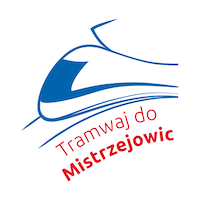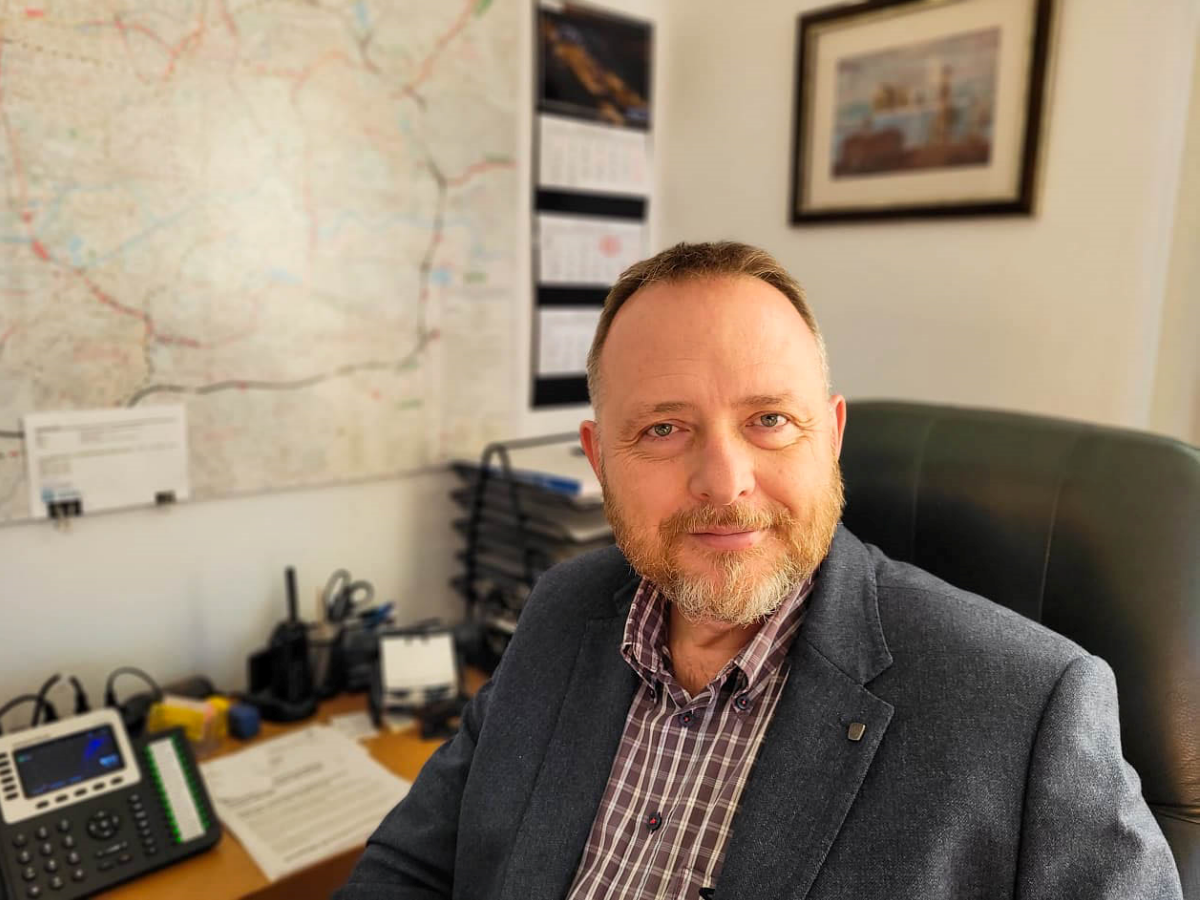– Use of private capital from the free market enabled commencement of a project which is vital for the residents. First payment will be made to the partner only once the route is opened – stresses Marcin Hanczakowski, Director of Kraków Municipal Road Authority (ZDMK).
Why has the city decided to choose the PPP model for this project?
Investment budgets of local government administration are limited due to the necessity of financing an increasing number of new tasks. The ability of local government to incur liabilities, hence to provide direct (own) financing, is getting smaller. Thus, the city of Kraków decided to use government support for projects in the public-private partnership (PPP) model. It presented the task which was noticed and selected. Use of private capital from the free market will enable construction of this connection within only a few next years, which connection is so important for the residents. One of the main challenges is to provide a connection between this part of the city and the city center as soon as possible. The first tranche payment will be made to the partner once the rout is opened.
The new tram route is to run along Meissnera, Młyńska, Lublańska, Dobrego Pasterza, Bohomolca and Jancarza Streets. What led to the selection of this route?
As a matter of fact, the Mistrzejowice district located in the northern part of Kraków has a tram connection with the city center, however it is an indirect route running through the neighboring district – Nowa Huta. In order to get to the so-called first bypass of Kraków, the tram from the Mistrzejowice terminus has to cover the distance of 11 km. Several options of the new tram route connecting this part of the city with its center have been discussed in Kraków for a long time as the next stage of extension of the Kraków Fast Tram (KST). In public consultations, 63% of the residents opted for the chosen route. In 2015, the city finally decided to choose a route of approx. 4.5 km, running almost the entire length along existing streets and crossing three major roundabouts crucial for the communication system of Kraków. The line would connect with the existing tram road to Nowa Huta at the intersection of Meissnera and Jana Pawła II streets.
A part of the route is to run underground. Will there be a tunnel similar to the one under the Main Railway Station which is well-known to the passengers?
The designed tunnel will in fact be similar in certain respects to the existing structure in the area of the main railway station but also to the tram tunnel which is being constructed as part of the Łagiewnicka Route. Its part will be an enclosed structure below the ground level, whereas the rest of it will be open. In the area of Polsadu roundabout, a passenger transfer point is planned to be constructed with tram traffic on -2 level and pedestrian circulation on -1 level. The underground stops will be accessed from entrances located on each side of the roundabout and equipped with elevators and escalators. Such a solution will enhance safety of passengers, in particular the elderly, people with reduced mobility or parents with children in prams. Also at Młyńskie roundabout, the stop will be located on -1 level. It will be accessed by means of two staircases, on the northern side of the roundabout with traditional stairs and elevators.
In Polish cities there are more and more tram routes with the so-called green trackbed. Will the route to Mistrzejowice also follow this trend?
In recent years, it can be seen that in urban agglomeration, where there is a strong emphasis on environmental issues, green trackbed systems are constructed. This solution enables filtration of pollution, e.g. dust stirred up by vehicle traffic, and, to a certain extent, reduces the noise absorbing acoustic energy. Being aware of those advantages, we obliged the private partner to design and apply green trackbed on the route to Mistrzejowice to the greatest extent possible.
What is the current stage of the project?
The partner filed an application for a road construction consent (ZRID). Works on the detailed design are still in progress – the building permit design is being complemented and elaborated. According to the new schedule, the residents will be able to use the new route in December 2024.


